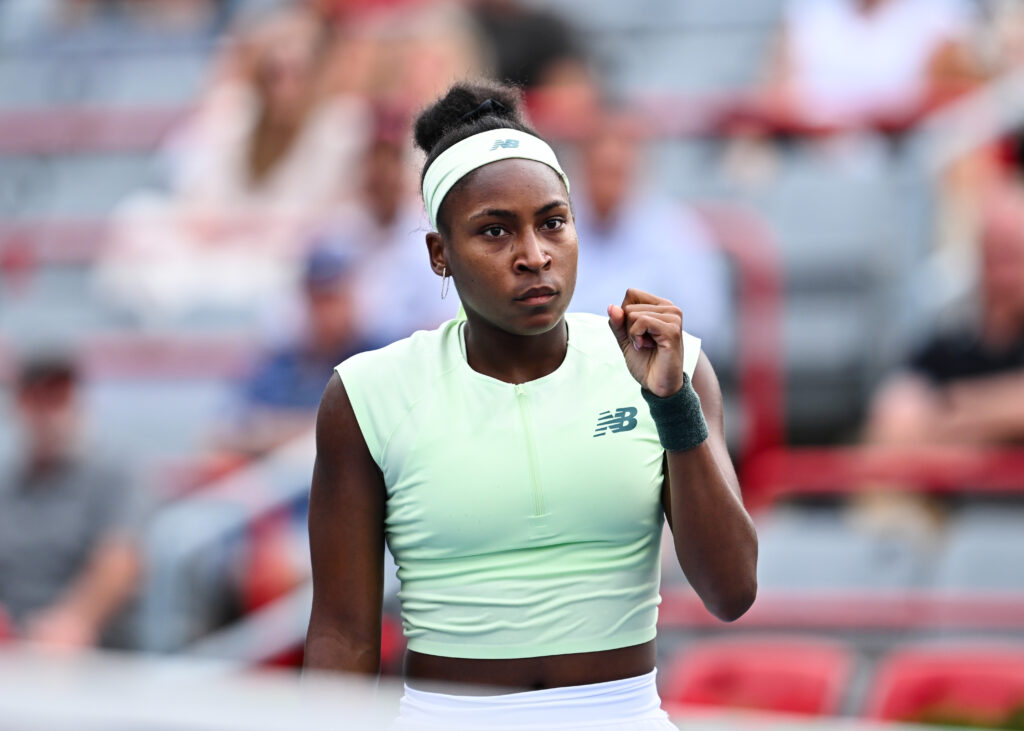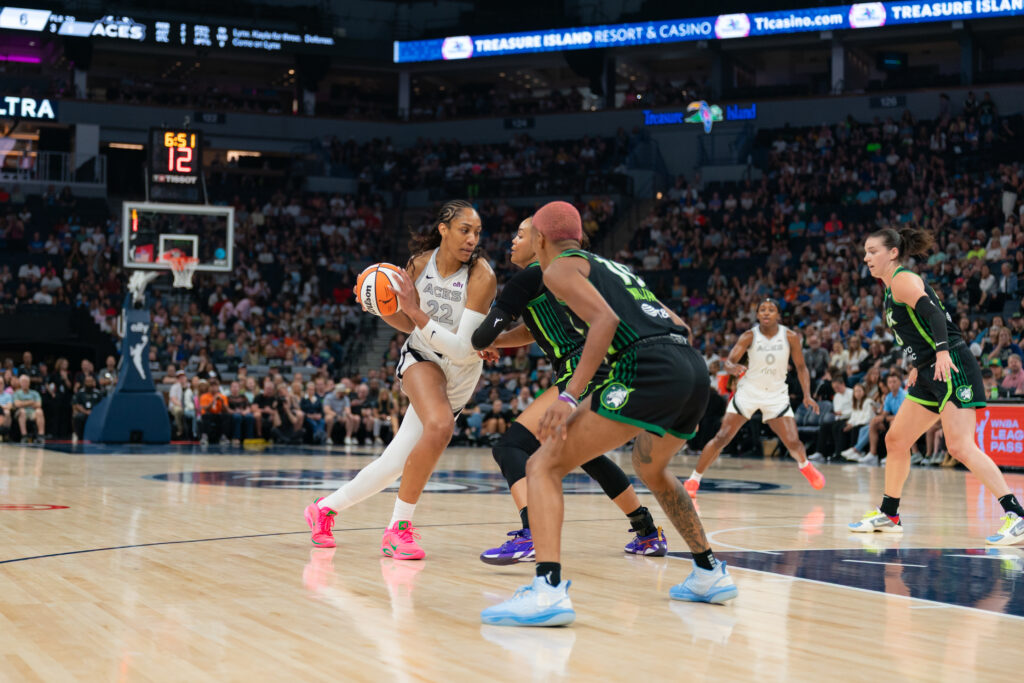On Saturday, 915,000 people pointed remotes at TVs and sat down to watch the NWSL Championship. It stands as the most-watched match in league history, with a viewership increase of 71% from last year’s final.
Nearly one million people watched as Sophia Smith Michael Jordan-shrugged her way to an MVP trophy, and as the Portland Thorns collected their third championship in franchise history.
But numbers like this aren’t confined to one game or one league. The increased viewership in the NWSL shows a larger trend: If more people can watch women’s sports, more people will watch women’s sports.
Up 71% from last season's championship.
— Just Women’s Sports (@justwsports) November 1, 2022
(via @NWSL) pic.twitter.com/RJ4XdvnyX4
Saturday’s contest marked the first time in the league’s 10-year history that an NWSL Championship was played in prime time. The match aired on CBS and streamed on Paramount+.
Before 2022, NWSL finals were held during the day and aired on various cable channels, making access more difficult for prospective viewers.
For NWSL players, especially veterans, Saturday’s prime-time final proved a much-anticipated step forward.
“I was fortunate to play in the first championship game and I think outside of the people in Portland, no one knew that the game was happening,” Christine Sinclair told reporters before the game. “So I’d say it’s what this league, it’s what us as players deserve.
“This, women’s sports in general, all they need is a chance. People will watch, people will come if given the opportunity to do so. For this game to be on prime time — on a major network — it’s just going to continue to grow the game to continue to inspire those youngsters watching.”
The match capped a season in which the NWSL saw record attendance: More than 1 million fans attended games in 2022, the first time the league has reached that milestone.
The demand for women’s soccer extends outside of the United States. Tickets for 2023 World Cup games in Australia and New Zealand rapidly sold out their allotments during the second phase of single game sales, held by FIFA in the early morning hours of Australian Eastern Daylight time on Tuesday.
A FIFA spokesperson told ABC Australia the organization wasn’t prepared for the high demand, calling it “unprecedented,” and said more World Cup passes have been sold in the first month of availability for the 2023 tournament than in the first four months for the 2019 World Cup in France.
Should FIFA have been surprised? Given the current trends in women’s sports, the answer is a resounding “No.”

The 2019 World Cup had 1.12 billion viewers, more than a 50% increase from the previous record. That doesn’t come down to a championship one-off. For the 52 World Cup games, an average of 1.27 million viewers tuned in, an increase of 106% from the 2015 World Cup.
And other women’s sports are showing similar growth. Both the WNBA and women’s college basketball saw similar increases during their most recent seasons.
During a WNBA season that marked the final campaign for veterans Sylvia Fowles and Sue Bird, the league reached its most regular-season viewers in 14 years. Games shown on ABC, CBS and ESPN networks were up 16% from the previous season. League pass subscriptions also increased by 10%.
College basketball also smashed its previous viewership numbers. The title game between No. seeded South Carolina and No. 2 UConn pulled in 4.85 million people, making it the most-viewed college basketball game on ESPN for men or women since 2008.
In total, the season saw an 18% increase in viewership from 2021 to 2022. And this year’s national championship game will be shown on ABC after being broadcast on ESPN in previous seasons, setting it up for even more viewership thanks to better accessibility.
“Women’s NCAA championships continue to generate strong audiences across the ABC/ESPN networks and this move represents yet another unique opportunity to showcase this marquee event and the student-athletes who are competing for a national championship,” Burke Magnus, ESPN’s president of programming and original content, said in a statement following the announcement.
More people are watching women’s sports because more people can watch women’s sports. It’s as simple as that. More accessible TV networks and better time slots lead to more viewers.
People want to watch women’s sports. It’s up to TV providers and the leagues to make sure they can. And if that continues to happen, viewership will continue to skyrocket.









